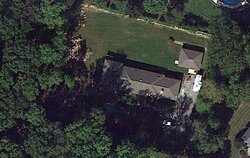tcassavaugh
Minister of Fire
@ 1200 sq feet upstairs heating with a little Jotul f3cb right now. will engage my summit, in the basement as the primary; heating @ 2400 sq ft after it starts getting cold and not burn the Jotul unless it gets really cold.
cass
cass


